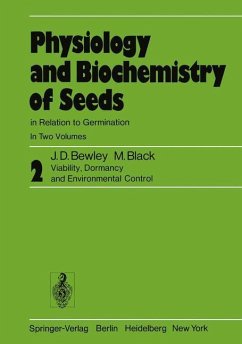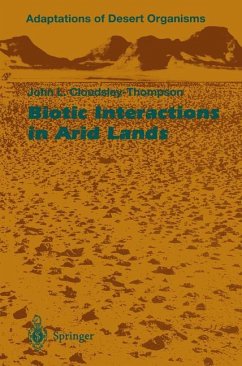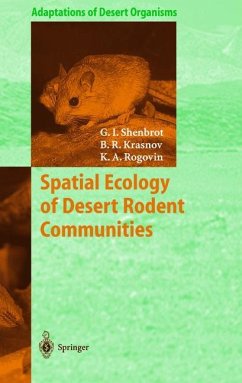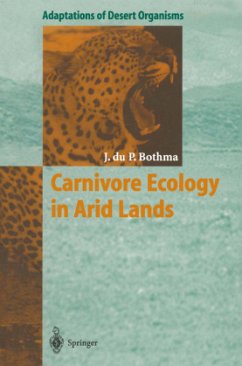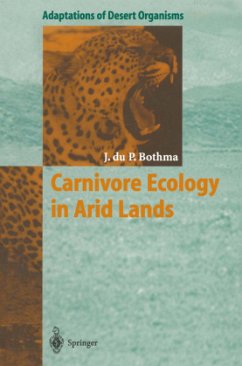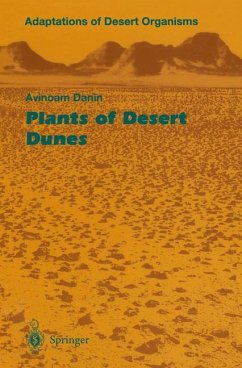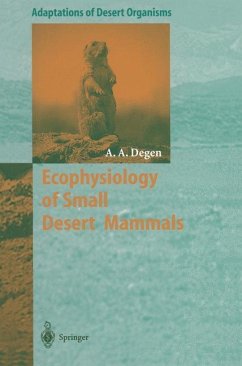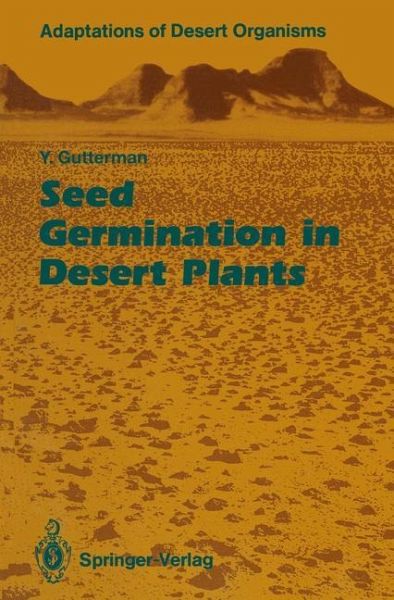
Seed Germination in Desert Plants
Versandkostenfrei!
Versandfertig in 1-2 Wochen
77,99 €
inkl. MwSt.

PAYBACK Punkte
39 °P sammeln!
During germination, the most resistant stage of the life cycle - the seed - changes to the most sensitive stage, namely the seedling. Therefore, in desert plant species seed dispersal and subsequent germination in the optimum time an place place are particularly critical parameters. Discussed here are the ways and means by which desert plants have adapted through the course of evolution to their extreme environment. Two such strategies which have evolved are a) plants with relatively large and protected seeds which germinate when the chance of seedling survival is high and the risk relatively ...
During germination, the most resistant stage of the life cycle - the seed - changes to the most sensitive stage, namely the seedling. Therefore, in desert plant species seed dispersal and subsequent germination in the optimum time an place place are particularly critical parameters. Discussed here are the ways and means by which desert plants have adapted through the course of evolution to their extreme environment. Two such strategies which have evolved are a) plants with relatively large and protected seeds which germinate when the chance of seedling survival is high and the risk relatively low or b) those with an opportunistic strategy: minute seeds which germinate after low rainfall under high risk for seedling survival if additional rain does not follow. Most species adopt a combination of the two mechanisms. Species have adapted both genotypically and phenotypically, both aspects of which are also discussed in this thorough text. The reader is provided with a good understanding of the complex influences on each seed traced through from initial development to germination stage regarding germination preparation and subsequent survival.





